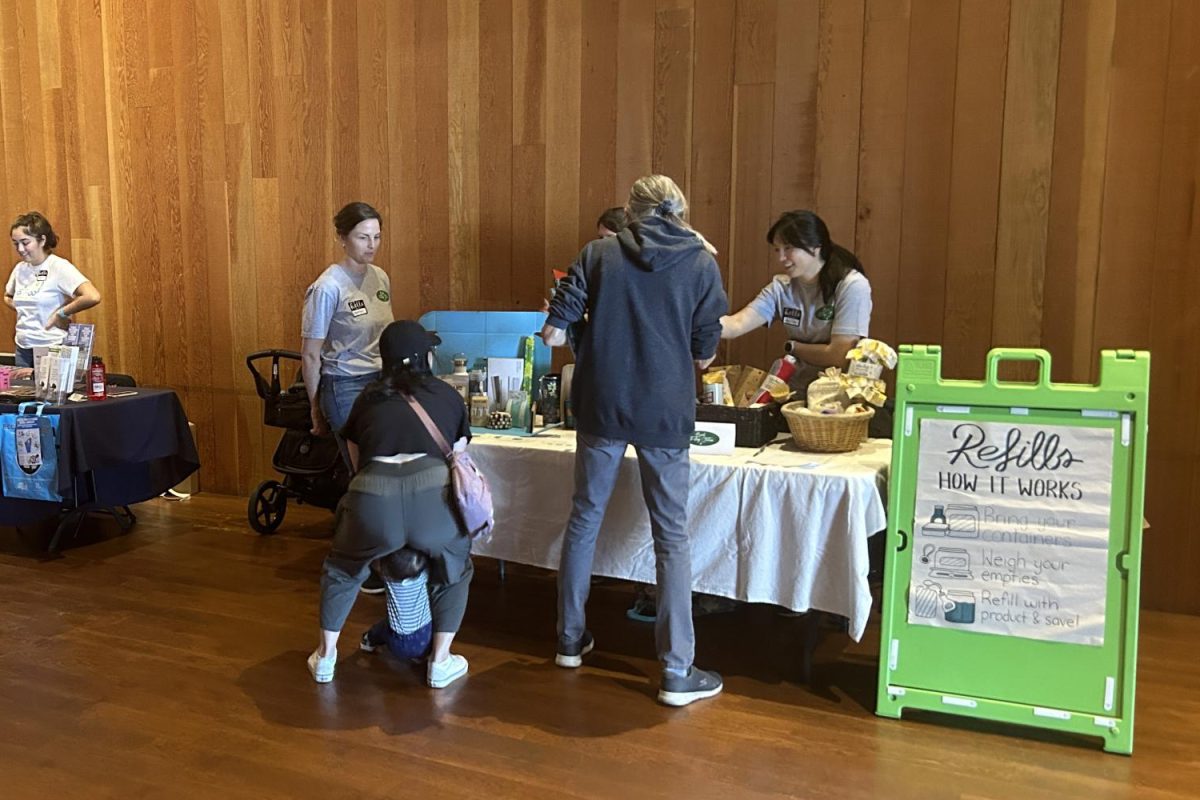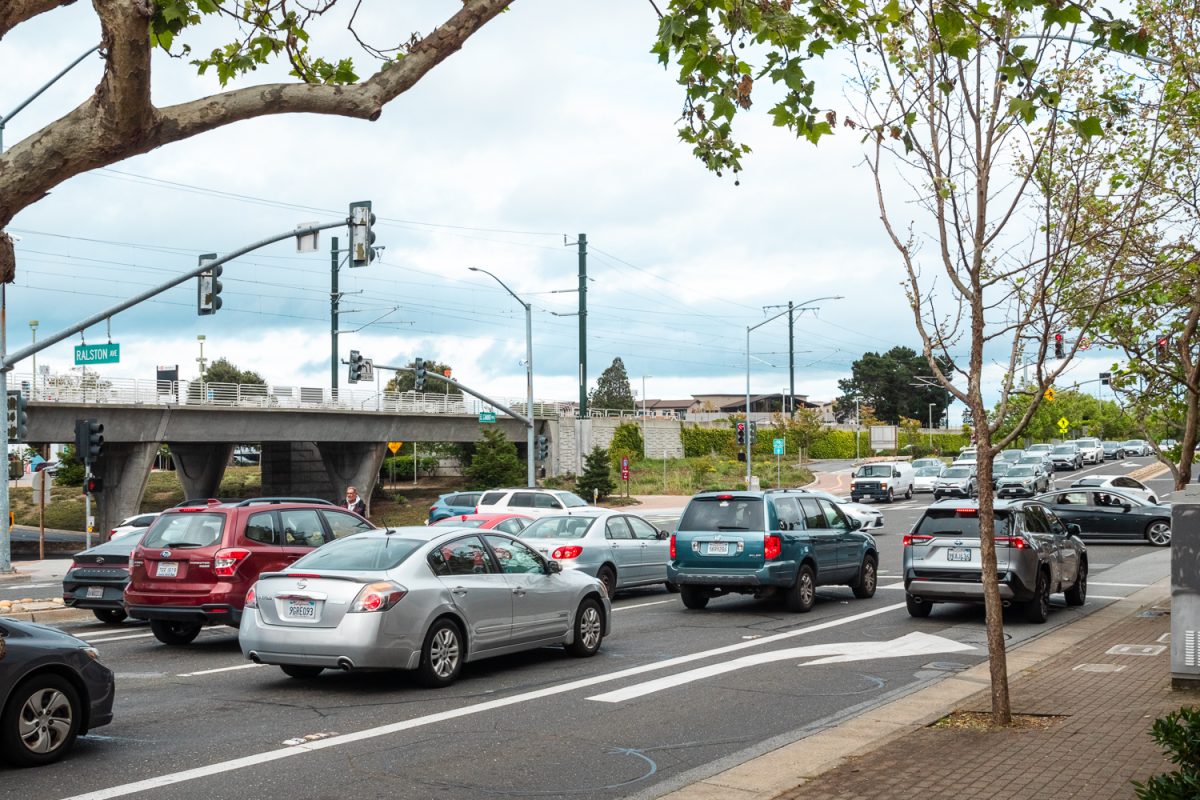Students grapple with the financial implications of higher education and its decreasing value among younger generations.
In light of post-pandemic tuition increases, students must choose between pursuing higher education and potentially years of debt or turning to the workforce for immediate compensation.
Colleges within the California State University (CSU) system face this problem head-on as enrollment rates trend downward.
“The economic surge led people to choose whether they go to work and make money or go to school and spend money,” said Ed Mills, the vice president of enrollment at Sonoma State University. “Additionally, people were hesitant to go back to large classrooms after COVID. These things happening simultaneously result in the trends we see now.”
While the pandemic had an impact on these trends, they have long existed prior to the event. Universities such as San Francisco State have dealt with these declines within the years leading up to the pandemic, with its effects being amplified as colleges returned to in-person enrollment.
However, this problem is not limited to California; colleges nationwide have watched enrollment rates steadily decrease.
While this trend is partially due to the pandemic, a combination of causes led to this decline. Factors such as the ambitious environment within high schools and colleges, the inflated tuition rates, and decent work opportunities disincentivize higher education.
“The biggest catalyst for enrollment rates is affordability. Many kids are worried about going into debt because college is costly now. The process has become extremely complicated and competitive,” said Kathleen Noland, an advisor at CollegeCalm, a college and career planning agency.
Students vie for a spot in their dream university, and higher education loses its luster when their expectations are unmet. Coupled with expensive tuition and other immediate work opportunities, the pathway to higher education becomes less and less appealing.
“Attitude towards college typically depends on students’ post-secondary goals, which often derive from parents’ expectations, inadvertent peer pressure, and students’ concerns about getting into a good college,” said Connie Dominguez, a Carlmont guidance counselor.
The biggest catalyst for enrollment rates is affordability. Many kids are worried about going into debt because college is costly now.
— Kathleen Noland
Generational attitudes have shifted over time, from the emergence of higher education to its current decline; external factors often shape students’ views. Recently, with the pandemic’s economic and social repercussions and increasingly hostile educational environments, younger generations have started to steer away from the academic pathway.
Regardless, universities continue to struggle to adapt to these trends. As these institutions orient themselves in the modern world, the younger generation gains the power to influence the future of higher education and what it means for the world around them.
“Students are value-driven. They’re worried about our economy, our society, our world, our environment. I think universities have to reflect on what these values are to succeed. This is a great time for students to say, ‘This is what we want and need from higher education,’ because higher education is listening,” Mills said.












